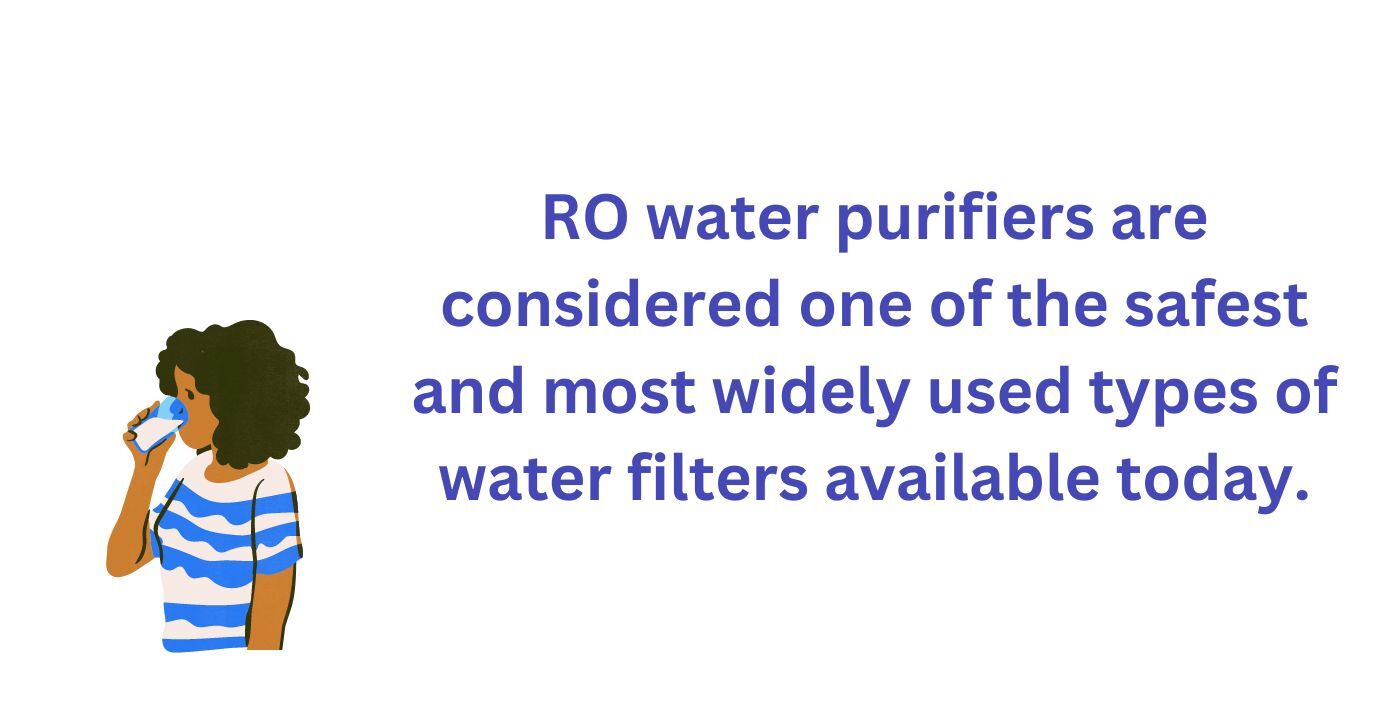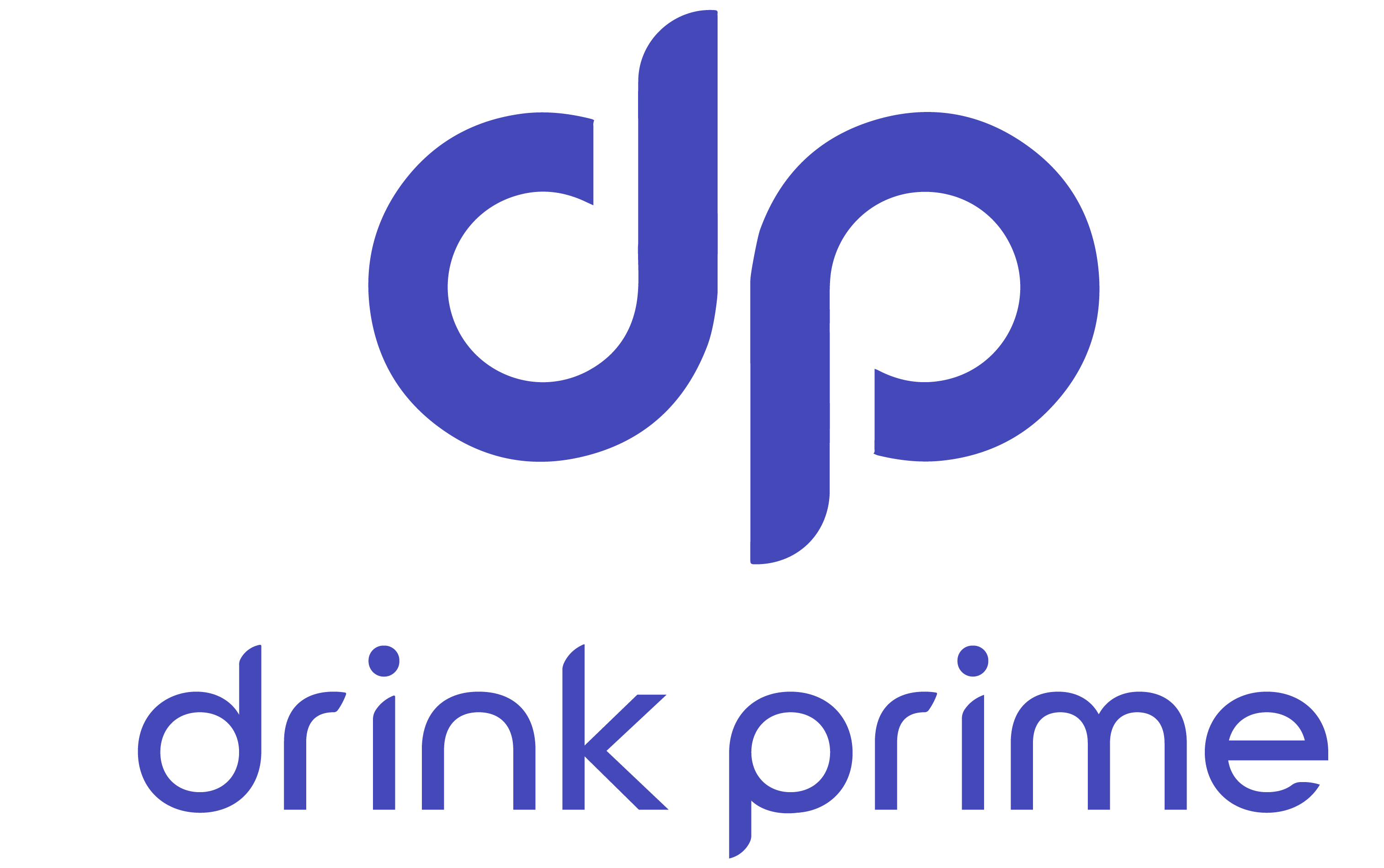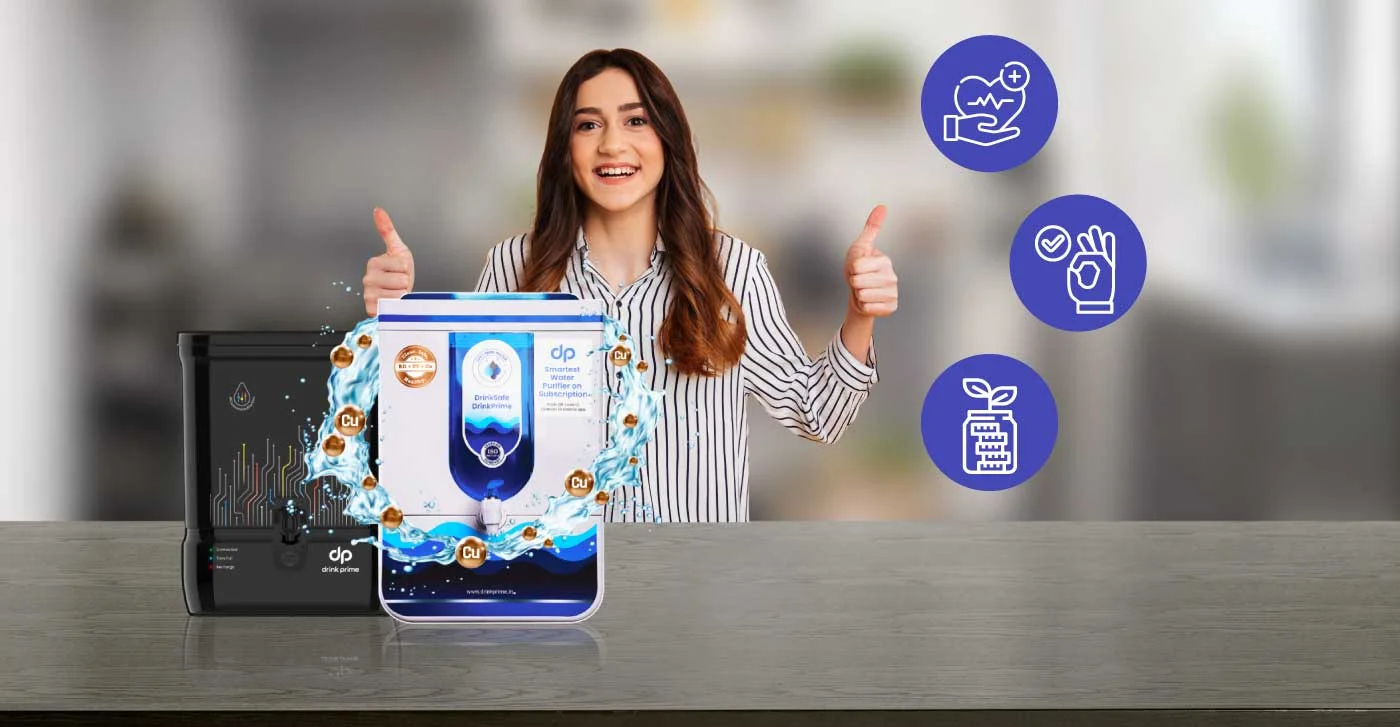It is a sad reality of modern times that despite the modern world having developed by leaps and bounds in the last century, access to safe drinking water is a privilege that is available to only a part of the population. With the ever-increasing pollution of water bodies and indiscriminate use of chemicals, the tap water available to you may lead to a host of health issues if consumed without proper purification.
It is due to this reason that there are many types of water purifiers available today. Purifiers help you filter out the toxins and pathogens from the water, thus ensuring that you get access to clean, safe drinking water.
Whether you want to improve the taste of your drinking water or you are interested in reducing water wastage, there are types of water filters suited for every need.
But here is where you need to exercise caution. Not all types of water purifiers give the same result. There are a variety of factors that you need to consider before choosing a filter to suit your requirements. Here are the different types of water purification systems available, along with their pros and cons to aid you in taking an informed decision.
Types of Water Purifiers
1. Activated carbon
Also known as charcoal filters, this is one of the most popular types of water purifiers available in the market today. It uses a process called adsorption, using which the activated carbon removes all the impurities from the water. It acts as a sort of magnet by which all the toxic particles attach themselves to the activated carbon letting the filtered water pass through. They are typically suited for smaller units like residential places.
Pros
It is relatively inexpensive, easy to install, and requires very little maintenance. This makes it more affordable for you if you are on a tight budget. It removes impurities to a certain extent and enhances the taste of water, making it easier for you to reduce your dependence on single-use plastic bottles.
Cons
Not all carbon filters are able to remove lead and heavy metals. This will mean that the water available to you is not fully purified. Another major drawback is that you will need to replace the filters frequently. The filtration process takes a lot of time compared to other water filter types.
2. Reverse Osmosis

RO water purifiers are considered one of the safest and most widely used types of water filters available today.
Osmosis is a natural process by which water moves from a less concentrated solution to a highly concentrated solution thereby creating osmotic pressure. Reverse osmosis is in simple terms the opposite of osmosis. Pressure, that is greater than osmotic pressure, is applied to the more concentrated solution, which is then forced through a semipermeable RO membrane that allows only water to pass through, leaving behind the impurities.
Pros
Ro purifiers remove most of the pathogens and contaminants thus giving you access to safe drinking water. It also improves the taste of water and is convenient to use after the initial installation, making it easy for you to use it in your day-to-day life.
Cons
They are more expensive so may not fit your budget requirements. It wastes a lot of water in the process of filtration and is not the most environmentally friendly option. Sometimes it may remove the required minerals during purification thus stripping your water of essential minerals. It may also require frequent maintenance.
3. Distillation
In this process, boiling water evaporates into steam in one chamber and the steam is condensed back into liquid in another section. The boiling process kills the microbes, and the process of evaporation and condensation ensures that the heavy metals and other toxins are left behind. This is done by either solar or multi-stage flash distillation, both of which are complex processes.
Pros
It removes most of the microbes, heavy metals, and toxins.
Cons
It is an expensive process and sometimes contaminants are not removed beyond a specific temperature.
4. Ultraviolet filtration
This method, though not very popular, is effective as it uses UV radiation to destroy harmful pathogens present in the water. Its rate of effectiveness is very high as it destroys most microorganisms and bacteria.
Pros
It efficiently removes pathogens while consuming less energy, making it environmentally friendly. It requires little maintenance on your part.
Cons
This is an expensive system and does not remove heavy metals, so it is best used along with other purification methods.
5. Infrared filtration
This is a relatively new type of water purification in which the filters expose the water which passes through to infrared light, thereby removing bacteria.
Pros
It effectively removes microbes and pathogens. Infrared softens water by removing minerals like calcium and magnesium. It is also easy to install.
Cons
Like the UV filtration system, the infrared system does not remove all the contaminants like heavy metals and is best used with another type of water purifier. It is also expensive.
6. Whole house water filters
In this method, the system filters the whole of the water entering your house thus ensuring that every tap in your house produces purified water.
Pros
You will have purified water for all your activities like cooking, bathing, cleaning, etc. It is easier to fix damages, as there is only one source to check.
Cons
This system may be heavy on your pockets. You may not need a purifier for every area in the house, so it may be frivolous.

Get 7 Days Risk Free Trial
Conclusion
Choosing the right filter may be challenging with the various kinds of filtration systems available in the market. It is best that you are very clear about the intended use of the filter and your estimated budget. This and basic knowledge of the filtrations systems available will help you zero in on a filter suited for your purpose.



